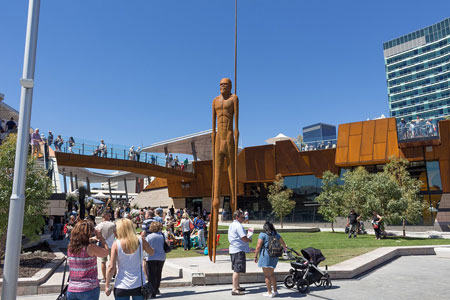Perth Translation Services » Hindi translator » Hindi Medical Translation
Hindi Medical Translation
Perth translation uses full-time, professional Hindi translators for Hindi medical translations.
Hindi medical translations are required for referral letters from doctors, reports for patient's health, medical or health-related products and services, and research purposes. Our Hindi translators take care to ensure the right medical terminology is used in the medical translations.
Hindi Medical Translators
Upload your documents for translation
Latest Testimonials


About the Hindi Language
Hindi is the most commonly spoken language in India. It is the fifth most spoken language in the world with about 182 million native speakers in 1998. The Devanāgarī script is used to write Hindi.
Hindi is widely written, spoken and understood in North India and some other places in India. In 1997, a survey found that 45% of Indians can speak Hindi.
Like other Indo-Aryan languages, Hindi is a direct descendant of an early form of Vedic Sanskrit, through Sauraseni Prakrit and Śauraseni Apabhraṃśa (from Sanskrit apabhraṃśa "corrupted"), which emerged in the 7th century CE.
Before the standardization of Hindi on the Khariboli dialect, various dialects and languages of the Hindi belt attained prominence through literary standardization, such as Avadhi and Braj Bhasha. Early Hindi literature came about in the 12th and 13th centuries CE. This body of work included the early Rajasthani epics such as renditions of the Dhola Maru, the Prithviraj Raso in Braj Bhasha, and the works of Amir Khusrow in the Khariboli of Delhi.
Modern Standard Hindi is based on the Khariboli dialect, the vernacular of Delhi and the surrounding region, which came to replace earlier prestige dialects such as Awadhi, Maithili (sometimes regarded as separate from the Hindi dialect continuum) and Braj. Urdu – another form of Hindustani – acquired linguistic prestige in the later Mughal period (1800s), and underwent significant Persian influence. Modern Hindi and its literary tradition evolved towards the end of the 18th century. In the late 19th century, a movement to further develop Hindi as a standardised form of Hindustani separate from Urdu took form. In 1881, Bihar accepted Hindi as its sole official language, replacing Urdu, and thus became the first state of India to adopt Hindi. Modern Standard Hindi is one of the youngest Indian languages in this regard.

